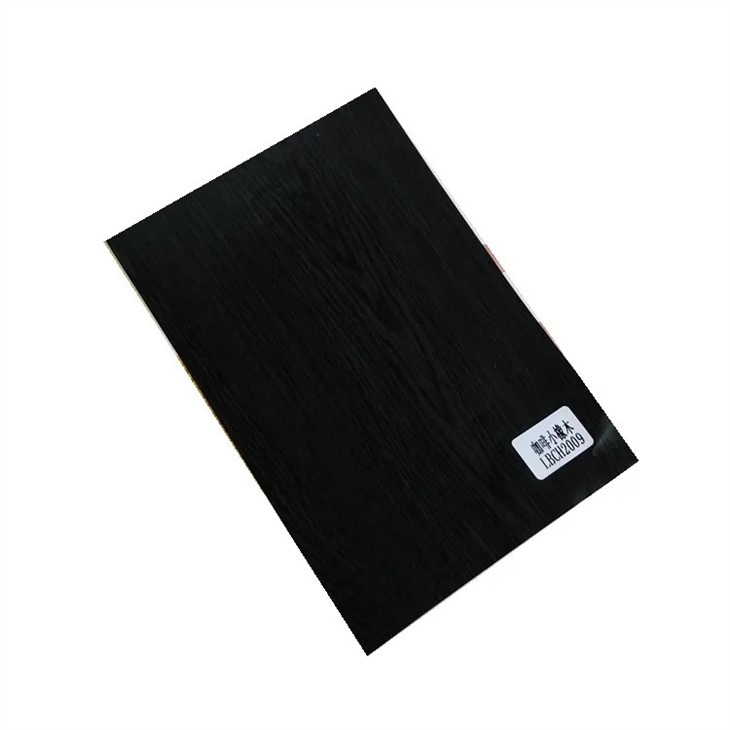Hey there! I'm an ACP cladding supplier, and I often get asked this burning question: Can ACP cladding be used in earthquake - prone areas? Well, let's dig deep into this topic and find out.
First off, what the heck is ACP cladding? ACP stands for Aluminum Composite Panel. It's a popular building material made of two aluminum sheets bonded to a non - aluminum core. These panels are known for their lightweight nature, durability, and aesthetic appeal. You can use them for various applications, like building facades, interior partitions, and signage.
Now, when it comes to earthquake - prone areas, the key factors we need to consider are the building's ability to withstand seismic forces. Earthquakes generate a whole bunch of vibrations and forces that can put a serious strain on structures. So, we gotta make sure that any material used in these areas can handle the stress.
Advantages of ACP Cladding in Earthquake - Prone Areas
One of the major perks of ACP cladding is its lightweight. Compared to traditional building materials like brick or stone, ACP panels are much lighter. This means that during an earthquake, the building has less mass to move around, which in turn reduces the seismic forces acting on it. Less weight also means that the building's foundation doesn't have to bear as much load, making it more stable overall.
Another advantage is the flexibility of ACP cladding. The panels can bend and flex to some extent without breaking. This is crucial during an earthquake because the building will sway and move. If the cladding is too rigid, it might crack or detach from the building, causing damage and potential safety hazards. But with ACP cladding, it can adapt to the building's movements and stay intact.
ACP cladding also offers good corrosion resistance. In earthquake - prone areas, buildings might be exposed to various environmental conditions, including moisture and salt air. Corrosion can weaken the structure over time, but ACP panels are designed to resist corrosion, ensuring their long - term performance.
Installation and Design Considerations
However, just having the right material isn't enough. Proper installation and design are key to making ACP cladding work well in earthquake - prone areas. The installation process should follow strict guidelines to ensure that the panels are securely attached to the building. This might involve using special fasteners and brackets that are designed to withstand seismic forces.
The design of the building's facade also matters. Architects and engineers need to take into account the building's seismic response when planning the ACP cladding layout. For example, they might need to leave some gaps between the panels to allow for movement during an earthquake. They also need to ensure that the cladding doesn't create any additional stress concentrations on the building.
Case Studies
Let's take a look at some real - world examples. There have been several buildings in earthquake - prone regions that have successfully used ACP cladding. For instance, in some parts of California, which is well - known for its seismic activity, modern commercial buildings have been clad with ACP panels. These buildings have withstood multiple earthquakes without significant damage to the cladding.
One reason for their success is the combination of high - quality ACP panels and proper installation techniques. The building owners and contractors worked closely with architects and engineers to ensure that the cladding was designed and installed to meet the local seismic codes.
Types of ACP Cladding for Earthquake - Prone Areas
There are different types of ACP cladding available in the market, and some are better suited for earthquake - prone areas than others. For example, the Alucobond Cladding Wooden ACP Aluminum Cladding Panel offers a unique aesthetic while still maintaining the structural integrity needed for seismic resistance.
The ALucobond PVDF Aluminum Composite Panel Cladding is another great option. PVDF (Polyvinylidene Fluoride) coating provides excellent weather resistance and durability, which is important in areas that are prone to earthquakes and other environmental factors.


If fire safety is a concern, the Fireproof Decoration ACP Sheet Aluminum Composite Panel With Wooden Grain is a suitable choice. It not only offers fire protection but also the flexibility and lightweight properties required for earthquake - prone areas.
Challenges and Limitations
Of course, ACP cladding isn't without its challenges in earthquake - prone areas. One of the main issues is the potential for delamination. Delamination occurs when the aluminum sheets separate from the core. This can happen due to poor manufacturing quality, improper installation, or excessive stress during an earthquake. To avoid this, it's important to choose high - quality ACP panels from a reputable supplier and ensure that the installation is done by experienced professionals.
Another challenge is the long - term performance of the cladding. Over time, the repeated stress from earthquakes and environmental factors can cause wear and tear on the panels. Regular maintenance and inspections are necessary to detect any signs of damage early and take appropriate action.
Conclusion
So, can ACP cladding be used in earthquake - prone areas? The answer is a resounding yes! With its lightweight, flexibility, and corrosion resistance, ACP cladding has the potential to be a great choice for buildings in these regions. However, proper installation, design, and maintenance are essential to ensure its long - term performance and safety.
If you're considering using ACP cladding for your project in an earthquake - prone area, I'd love to have a chat with you. I can provide you with more information about the different types of ACP cladding we offer and help you choose the best option for your specific needs. Don't hesitate to reach out and start the conversation about your ACP cladding requirements.
References
- "Seismic Design of Building Cladding" - American Institute of Steel Construction
- "Aluminum Composite Panels: Properties and Applications" - Journal of Building Materials and Construction